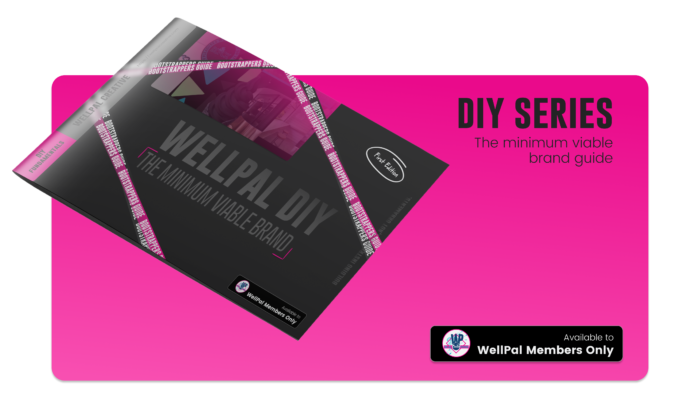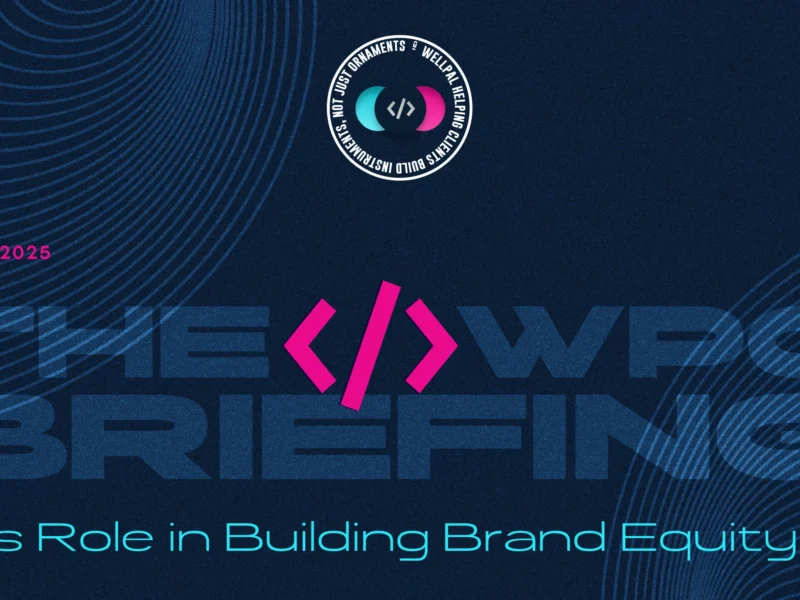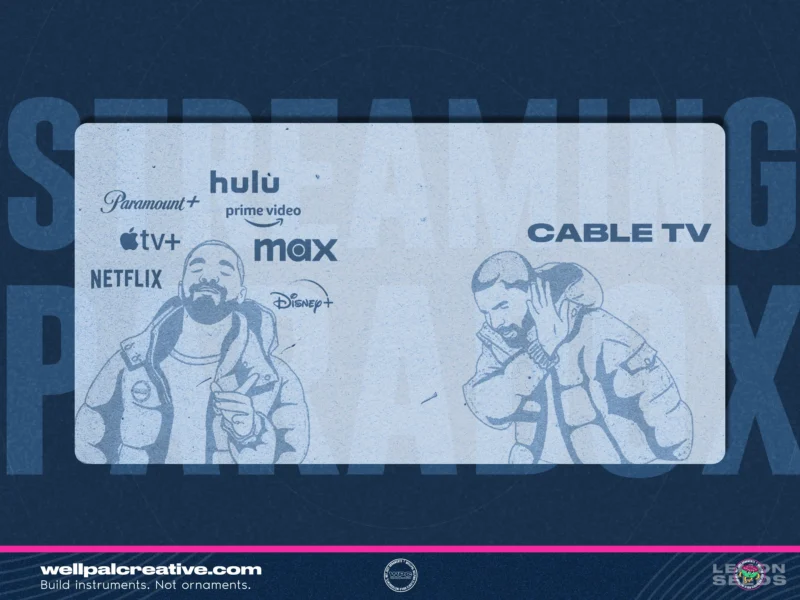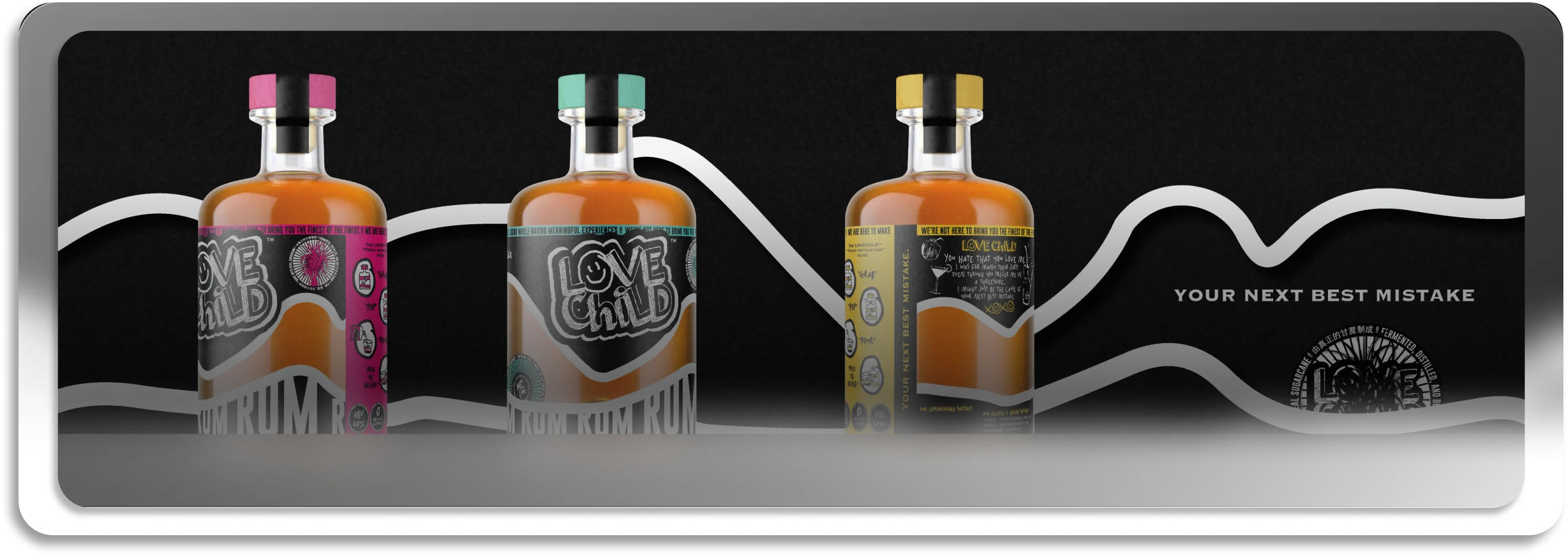
Lovechild alcohol co.
Lovechild, a "skin-in-the-game" brand born out of its founder's passion for branding, and a good drink, (a lovechild of sorts) faced a unique challenge. Lovechild was not intended to be just an alcohol brand, but a vessel for creativity, business, art, food & beverage, and culture. They wanted their brand to push boundaries and be a joyful cluster of creativity. With this in mind, WPC was tasked with creating a full-scale brand identity that would embody this ethos.
WPC utilized its WellPal Signature Visuals™, WellPal Ideation & Prototyping (WIP)™, and WellPal Brand Navigator™ solutions to create a bold and vibrant brand identity for Lovechild. The brand archetype was designed around the “rebel” and “creator”, resonating with Lovechild’s goal to emulate the path of lifestyle brands like KITH.
How it started
The first product from Lovechild was a selection of three rums – yellow, white, and dark. WPC designed signature bottles with distinct brand Key Visuals (KVs), laying down a clear brand architecture and categorization system that was designed with growth in mind. The rums, locally sourced and produced in China, were traditional oak barrel sugarcane rums, emphasizing Lovechild’s close ties to its roots.
WPC’s Brand Navigator™ was instrumental in assessing the brand’s feasibility and desirability. Lovechild identified a need for a streetwear drop-style approach to their offerings, aiming to provide unique, limited-edition, small-batch, and exclusive products. This strategy was designed to set Lovechild apart from other brands in the market.
In addition to alcohol, Lovechild planned to offer a diverse range of products such as treats, retail, apparel, and accessories, as well as a dessert café and pop-up events.
Lovechild’s target customers are interested in street culture, pop culture, lifestyle products, and a good drink, and would be willing to pay a premium for exclusive and limited-edition products.
The value proposition
Lovechild’s unique value proposition was to offer exclusive, limited-edition products through collaborations with other brands and designers, as well as an experiential retail experience in the future.
Lovechild’s unfair advantage, as identified by WPC, was its unique approach to being an “alcohol brand”. Aside from the required formalities in the category, Lovechild was unafraid to experiment and find out what works (in a more FAFO approach), a strategy that set it apart from incumbent alcohol brands.
The result of this was a brand that truly embodied Lovechild’s ethos of creativity, rebellion, and boundary-pushing. The bold, vibrant brand identity, coupled with clear brand architecture and a unique value proposition, set Lovechild on a path to becoming a lifestyle brand that pushes the boundaries of what is expected from an “alcohol brand – that isn’t an alcohol brand – but also is”.
strategy tools used
dive deeper
In the Brand Navigator stage, we leveraged the Jobs-To-Be-Done (JTBD) framework to identify Lovechild’s unique market opportunity. We understood that Lovechild was not just another alcohol brand, but a lifestyle brand that aimed to push boundaries and offer unique, limited-edition products. Using the JTBD framework, we identified the core “jobs” that Lovechild could do for its customers, such as providing a unique, streetwear drop-style approach to its offerings, and setting itself apart from other brands in the market.
The value proposition was a critical component of Lovechild’s brand strategy. We focused on designing a unique value proposition that would resonate with Lovechild’s target audience, who were interested in street culture, pop culture, and lifestyle products. Lovechild’s value proposition was to offer exclusive products through collaborations with other brands and designers, as well as an experiential retail experience. This approach was designed to set Lovechild apart from other brands in the market and create a unique, desirable brand.
Lovechild’s brand archetype, the “creator” and the “rebel”, played a significant role in shaping its identity, and marketing material.
As a creator, Lovechild was presented as a brand that pushes boundaries and brings new, unique products to the market or existing ones in a new way.
As a rebel, Lovechild was portrayed as a brand that challenges the status quo and isn’t afraid to break the rules. This brand archetype informed the design of the brand’s visual identity, the tone of voice, and the narrative of its marketing campaigns, helping to create a consistent and compelling brand story.
Young brands like Lovechild often have more freedom to experiment and innovate than incumbent brands. However, they can sometimes overlook this stage of freedom by focusing too much on what the big brands are doing.
With Lovechild we wanted to fully embrace this FAFO stage, to not be afraid of trying new things and learning from the process. This approach allowed Lovechild to experiment with its offerings and marketing strategies, and to find out what works best for its unique brand and audience.
This rebellious approach to business and brand building is not only aligned with Lovechild’s brand archetype, but it also helps Lovechild to stand out in a crowded market and create a unique brand identity.
























